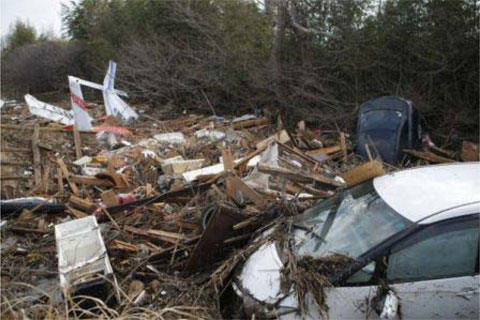
Click the image above to view a slideshow.

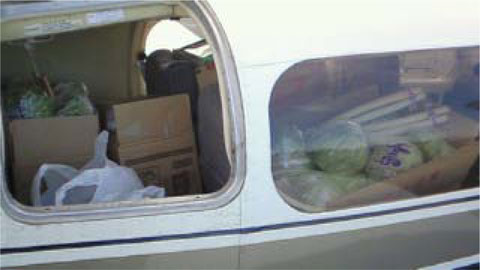
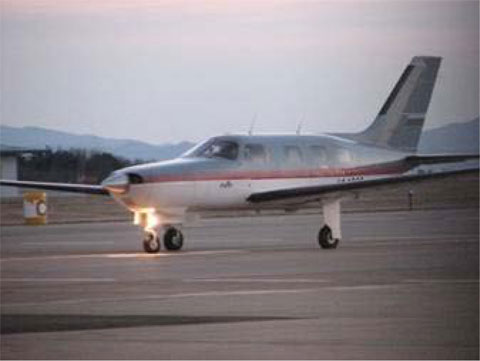
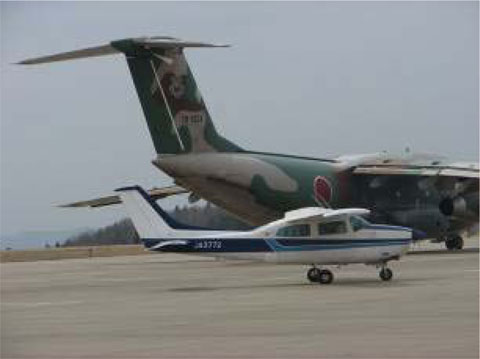
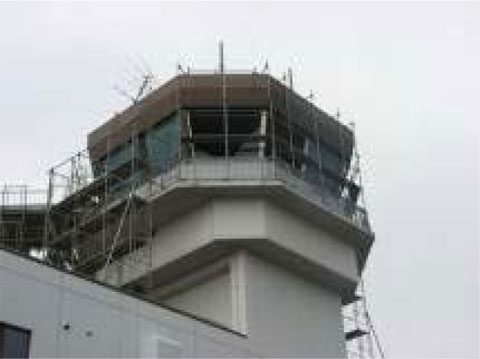
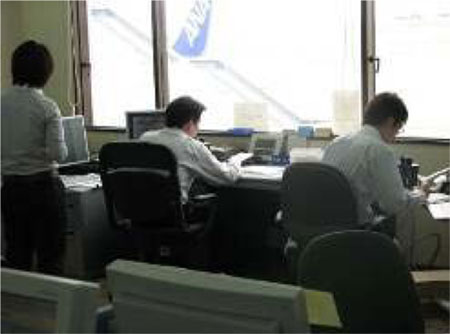
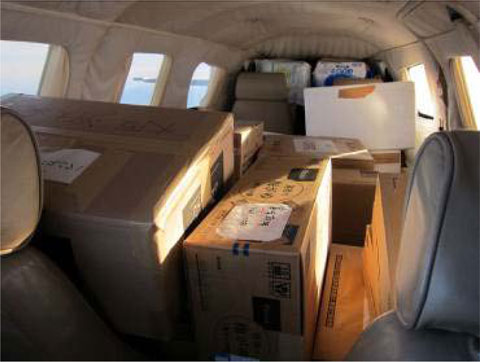
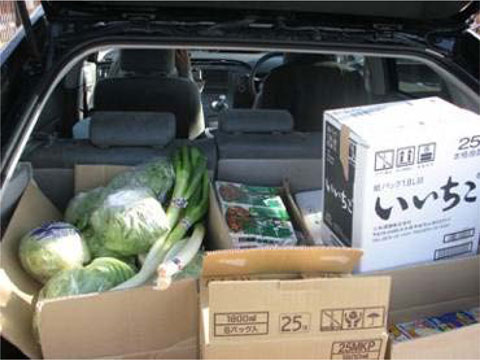
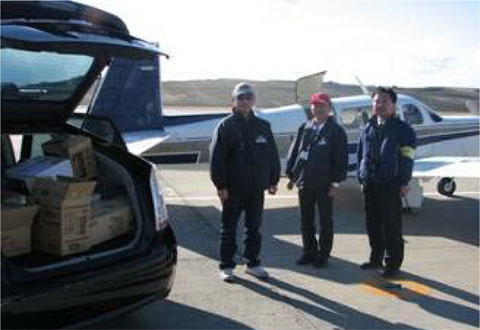
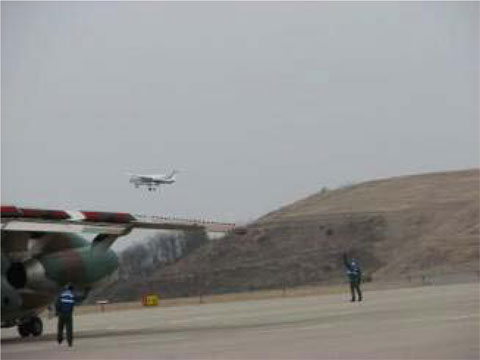
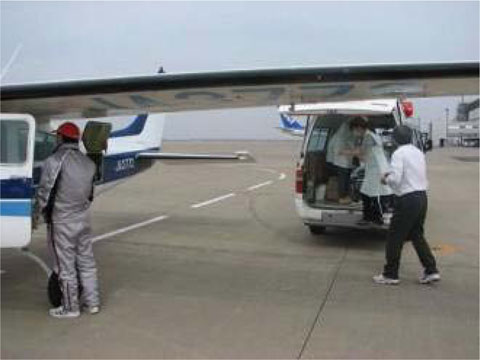
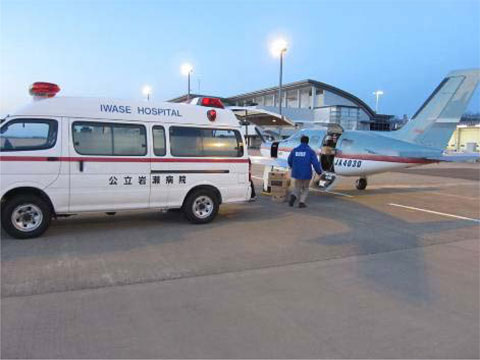
In the wake of the March 11 earthquake and tsunami, AOPA-Japan pilots began relief flights to Fukushima Airport. It was not easy for AOPA-Japan pilots to get permission to land at Fukushima Airport after the earthquake and tsunami disaster (and the nuclear power plant accident near the airport) because it was full of Japan Self-Defense Forces and U.S. Army and Marine rescue missions. AOPA-Japan pilot Mr. Hashimoto, who is based in Fukushima, negotiated with the government so that the relief flights could start March 18, just one week after the disaster.
Mr. Yamamura, an AOPA-Japan pilot, flew the first relief flight from Yao Airport in Osaka to Fukushima Airport, carrying a full load of medical supplies in his Malibu.
Dr. Shioyasu, an AOPA-Japan pilot, medical doctor, and aviation medical examiner, flew from Honda Airport near Tokyo to Fukushima Airport, filling his Cessna 210 cabin with precious cargo that could help to heal the injured and save lives. The flight occurred March 20, nine days after the magnitude 9.0 earthquake rocked the whole country with a 100-foot tsunami over the coast line including Fukushima Nuclear Power Plant. When he landed at Fukushima, he noticed that the tower had broken windows and learned that controllers were working on the second floor of the building without a view of the runway.
Pilots give back after aircraft destroyed
Mr. H. Sakuma and his brother, Tetsuya, are among the youngest AOPA-Japan pilots. They received an SOS from an evacuation camp in Fukushima requesting food supplies. Sakuma went to a local supermarket and secured enough food to fill his Mooney, which is based at Honda Airport.
The two took off from Honda Airport on March 27 and, after a 40-minute flight, landed at Fukushima Airport where Mr. Hashimoto was waiting in his Toyota Prius to carry all of the food supplies to the camp. The Sakuma brothers wanted to take more food, but they did not have enough space in the Mooney.
They also own a Malibu but lost it when the tsunami hit Sendai Airport. The aircraft was at Sendai for its annual inspection. The tsunami hit the airport, washing away all of the aircraft, including six other AOPA-Japan member aircraft, Citations, King Air C90s, and more. They were disappointed after learning their Malibu was washed away, but fortunately, their Mooney was safe at Honda Airport; they wanted to do something to help victims suffering from the tsunami and nuclear accident.
On call
 Arrival at Fukushima Airport
Arrival at Fukushima Airport
As details of the extent of the destruction, nuclear power plant accident, staggering death toll, and heartbreaking images are surfacing, AOPA-Japan pilots want to fly up to help. However, government officials are saying that’s not the best way to help now.
Many AOPA-Japan pilots requested relief flights to Hanamaki Airport and Yamagata Airport, which are closest to the area hardest hit. Because of the large number of relief flights already taking place by military aircraft and humanitarian agencies, the best thing pilots can do for now is donate money and stay clear of the area. Many AOPA-Japan members already have donated money.
As of April 12, the effect of the nuclear power plant accident continues, and pilots are standing by for the next flight opportunity in the near future.
AOPA-Japan loses member
We mourn for the loss of a samurai with a gentle American spirit.
Last Saturday, AOPA-Japan received sad news from the wife of one of its members, Mr. Nakano, explaining that his body was found near Sendai Airport. Mr. Nakano worked for Boeing for a long time and also contributed to building a firm bridge between general aviation in the United States and Japan. At the time of the quake and tsunami, he was in Sendai, starting up a project to build an FBO at Sendai Airport. His wife, who is living in Seattle, tried to contact him after she saw the news on TV but received no reply. She finally visited Sendai last week and found her husband’s body. She cried, “It’s so regrettable he could not die in the sky, because he loved flying so much.” We mourn for the loss of a samurai with a gentle American spirit.
Our general aviation community is relatively small in Japan, but our spirit of cooperation is very strong. Compared to the large number of relief flights already taking place by military aircraft, our hands are very small, but we would like to continue our relief flights as long as possible.


